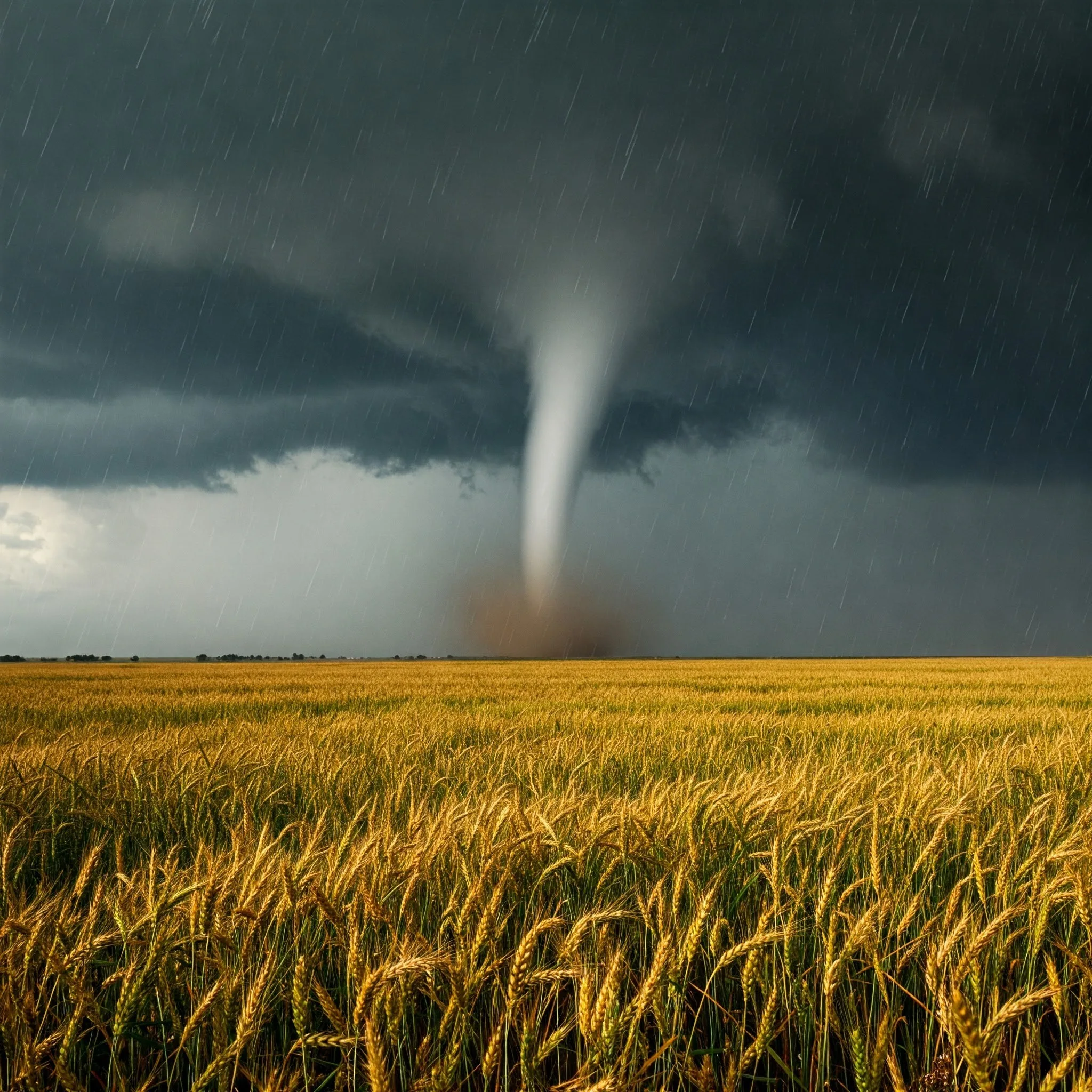Tornado Watches vs. Warnings: Know the Difference (and How Not to Get Blown Away!)
Imagine prepping for a pizza night—you’ve got the dough, toppings, and oven hot; that’s like a “tornado watch.” It’s not pizza yet, just the potential for a tasty pie. But when you hear the beep from your oven (aka tornado warning!), you better get cooking… uh, I mean take shelter!
Tornado Watch: Consider It Your Heads-Up
Think of a tornado watch as your friendly weather service tapping you on the shoulder, saying, “Hey, things might get interesting.” Essentially, a watch means conditions are just right—warm, moist air, instability, and twisting winds—for tornadoes to potentially form.
Here’s what you should do:
- Stay sharp: keep tabs on weather updates from reliable sources (NWS, local channels, your go-to weather apps).
- Dust off your emergency plans and make sure everyone knows the safe spot.
- Assemble or check your safety kit (yes, snacks count as essential too).
- And keep an eye to the sky—dark, ominous clouds aren’t just great for Instagram; they’re clues!
Tornado Warning: Act NOW (Seriously…Now!)
Warnings are no joke. They’re the tornado equivalent of your mom yelling your full name (middle name included!). A tornado warning is issued because either someone has spotted a tornado or radar has detected rotation pointing to trouble.
- Head immediately to shelters—basements or small windowless rooms are best.
- Say goodbye to windows, they won’t miss you!
- Cover yourself with sturdy furniture, blankets, or mattresses.
- Outdoors or driving? It’s ditch-diving time (as weird as it sounds, it’s better than being airborne).
Tornado Tech: Science (Not Magic) at Work!
Predicting tornadoes isn’t just guessing with crystal balls. Rather, it’s sophisticated tech paired with brilliant minds.
- Tornado Watches vs. Warnings: Know the Difference (and How Not to Get Blown Away!) – Stay Safe & Informed
- Learn the difference between tornado watches and warnings, understand necessary safety measures, and stay prepared with our practical guide.
- Supercomputers crunch numbers to simulate storms to see who’s up next on the tornado playlist.
But sadly, even cool tech isn’t perfect.
The Tech Limitations: Radar’s Weaknesses
Current radar tech (Doppler radars) sometimes misses what’s happening near the ground at greater distances. It’s like wearing glasses that don’t exactly clarify your peripheral view. Satellites provide the big picture, but details are sometimes blurry. Plus, complicated computer models can also make mistakes. After all, weather forecasts deal with chaos, and chaos doesn’t play nice with predictions.
Common Oopsies in Predictions (We’re Only Human!)
Because Mother Nature loves surprises, predicting tornadoes is notoriously tricky. Plus, human error can always sneak in. Sometimes, even the weather experts aren’t sure, leading to false alarms. Ever heard of the ‘cry wolf’ effect? Too many false alarms can numb people’s response to real threats.
Public Response: Why We React (or Don’t)
People jump to action during warnings, but watches often just get shrugged off—mostly due to perceived threat levels. Let’s be honest—your reaction would probably differ dramatically depending on whether weather authorities gently suggest caution or abruptly scream “TAKE COVER!”
Other factors also play a role:
- Income and education matter (because preparation isn’t always free).
- Clarity and lead-time of warnings impact people’s response.
- Previous tornado experiences shape future responses (once bitten, twice shy).
Improving Our Response: Clear, Quick, and Accessible!
How do we improve? Promoting clear communication from trusted sources and community-wide preparedness training can significantly increase response. Tech, such as mobile alerts and apps, provides timely alerts everywhere—right to your pocket!
Potential Enhancements: Making Warnings Better
Future tech promises improvements:
- Dual-polarization radar and phased array radars could give clearer and faster data.
- Multilingual and accessible warnings accommodate diverse communities effectively.
Real-Life Heroes: Warnings That Saved Lives
- Oklahoma’s Safe Rooms have successfully sheltered residents from deadly tornadoes.
- Japan’s mobile alerts effectively warn of natural disasters, minimizing casualties.
Clearly, better-prepared communities make a huge difference.
Key Takeaways:
- A tornado watch means conditions are favorable—prepare!
- Tornado warnings mean danger is imminent – get to shelter immediately!
- Advanced tornado prediction tech exists, but has limitations.
- Improved communication, education, and accessible warnings can greatly enhance public safety.
- Geographical and socioeconomic factors are key in designing effective warning systems.
Conclusion: What’s Next?
Clearly, understanding tornado alerts—watches vs. warnings—is vital. Continued advancements in radar tech, improved communication, and community preparedness are crucial moving forward. After all, being weather-smart doesn’t just save your balcony plants—it saves lives!
So the next time a tornado watch or warning is issued, remember: know the difference, know the steps, and definitely know where your blanket fort/tornado shelter is. Stay safe, friends, and don’t let the twisters take you by surprise!
Key Takeaways:
- Watch means: Conditions look good (or bad?) for tornado formation—stay alert.
- Warning means: A tornado is happening or soon will—take immediate shelter!
- Tornado prediction relies on complex technology, with room for future improvements.
- Public response improves with clearer communication, community preparation, and tailored warning systems.
- Future research should focus on optimized technology, multilingual communication, and community programs.

Leave a Reply